
21 February: International Mother Language Day
Declaration of the Day and Its Purpose
International Mother Language Day was officially proclaimed by the General Conference of the United Nations Educational, Scientific, and Cultural Organization (UNESCO) in November 1999. The United Nations General Assembly further endorsed this proclamation in 2002. Observed annually on February 21, the day promotes linguistic and cultural diversity as well as multilingualism around the world.
This observance highlights the importance of preserving and protecting all languages spoken by people globally. It recognizes that language and multilingualism are key to fostering inclusion and raising awareness of the United Nations’ Sustainable Development Goals (SDGs), particularly the commitment to “leave no one behind.”
Theme of International Mother Language Day
Each year, International Mother Language Day is celebrated with a specific theme that draws attention to a unique aspect of language and culture. For example, the 2020 theme focused on promoting non-violent dialogue and social inclusion, underscoring the role of language as a vital tool for human connection.
While many species communicate in their own ways, humans alone have developed complex cognitive languages, allowing us to express thoughts, emotions, and ideas with clarity. Language has the power to unite societies and foster cooperation, but it can also become a source of division if misused. A mother language, or native language, is typically the first language an infant hears and learns, shaping their understanding of and interaction with the world.
The Importance of Language
Language is foundational to shaping our emotions, thoughts, and identities. Learning in one’s mother tongue enhances critical thinking skills, improves literacy, and makes it easier to acquire additional languages. Early education in a native language supports cognitive development and academic achievement.
The 2020 theme, “Languages without borders”, emphasized the need to recognize and appreciate linguistic and cultural diversity. This recognition fosters social cohesion, unity, and a sense of belonging within communities. With nearly 200 countries and thousands of languages spoken worldwide, International Mother Language Day serves as a global reminder of the richness and value of our linguistic heritage.


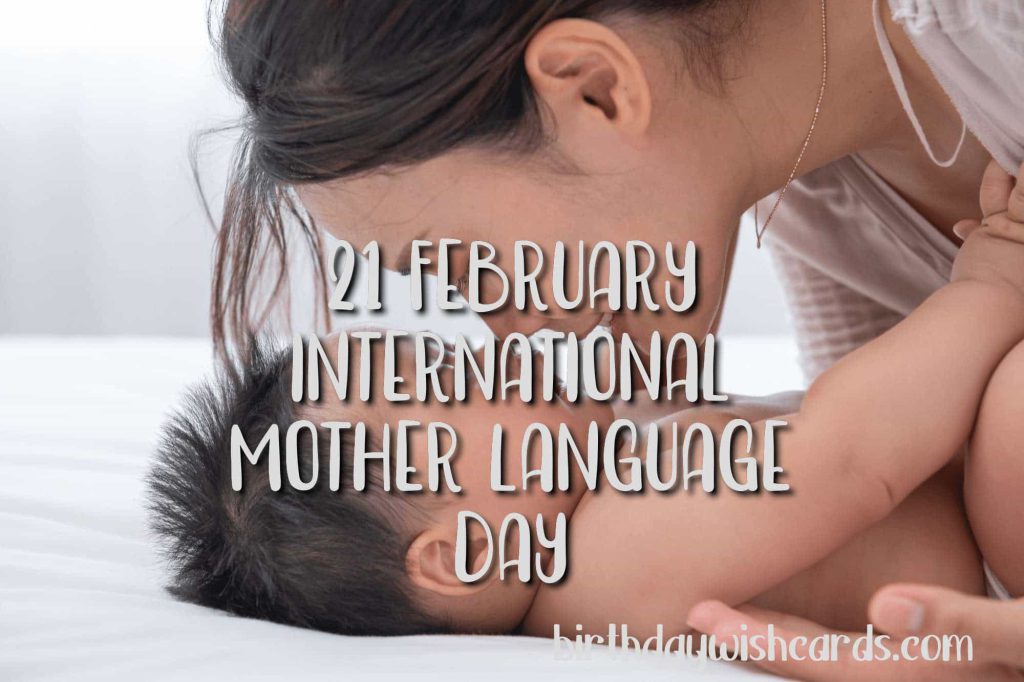
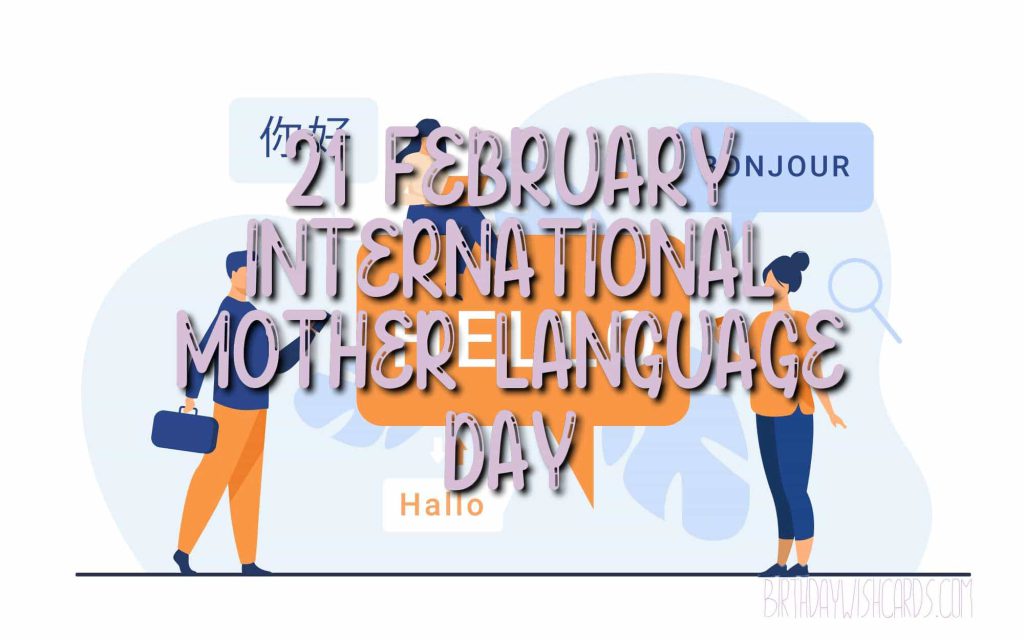
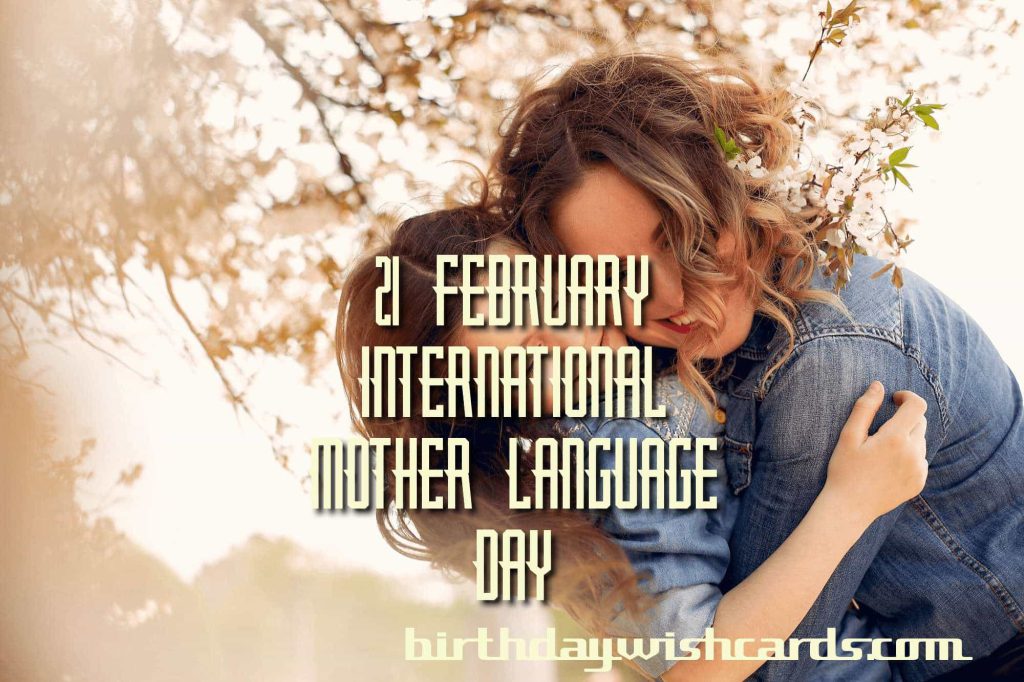
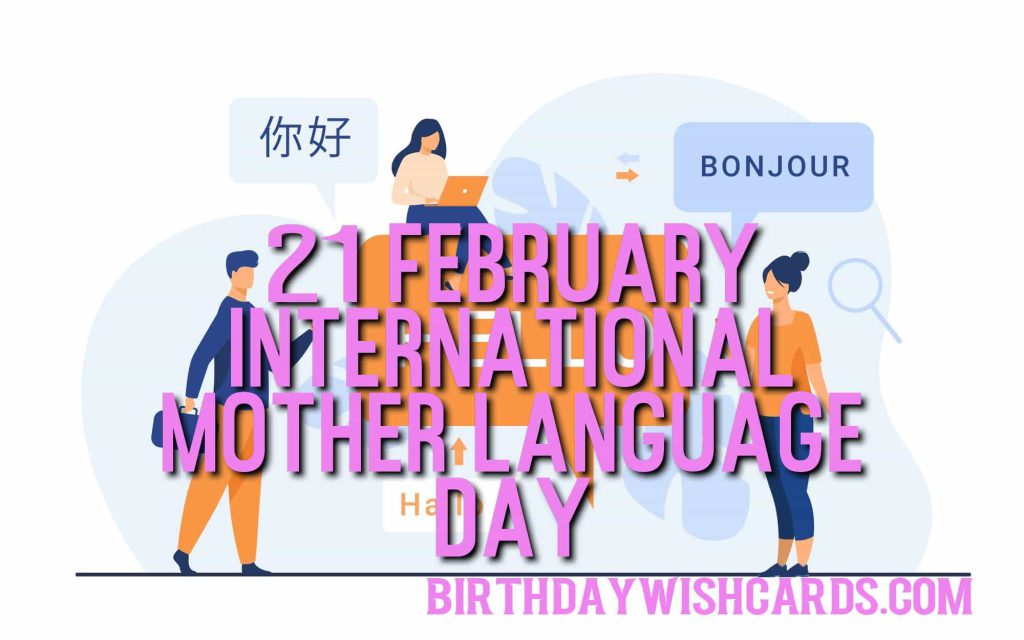
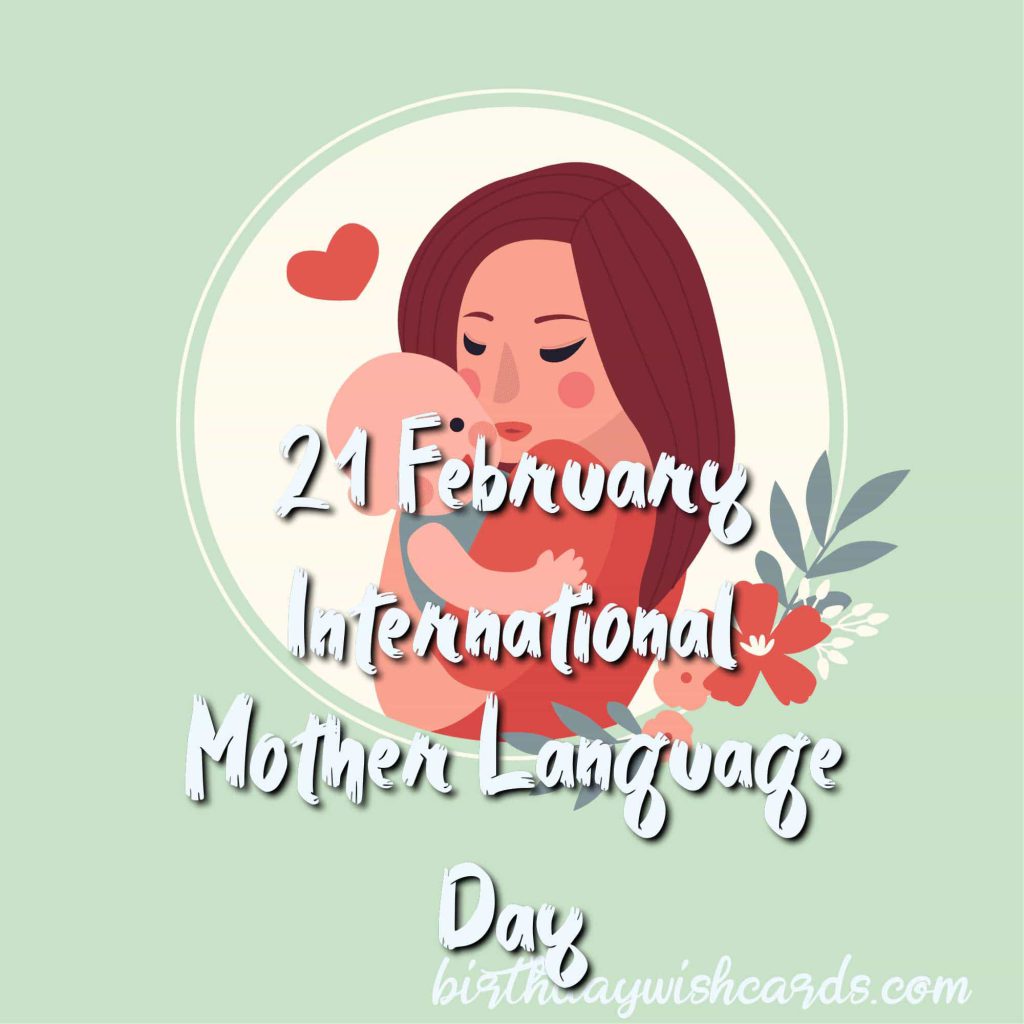
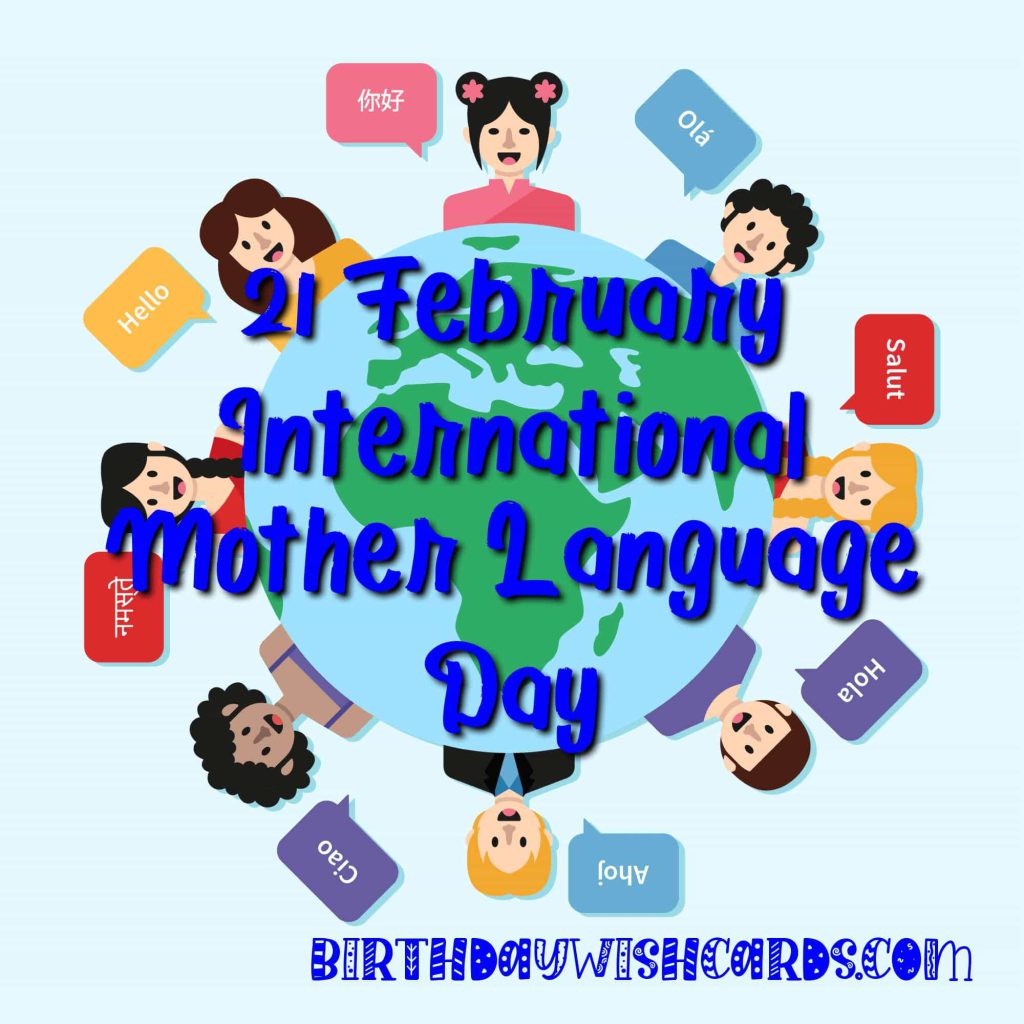
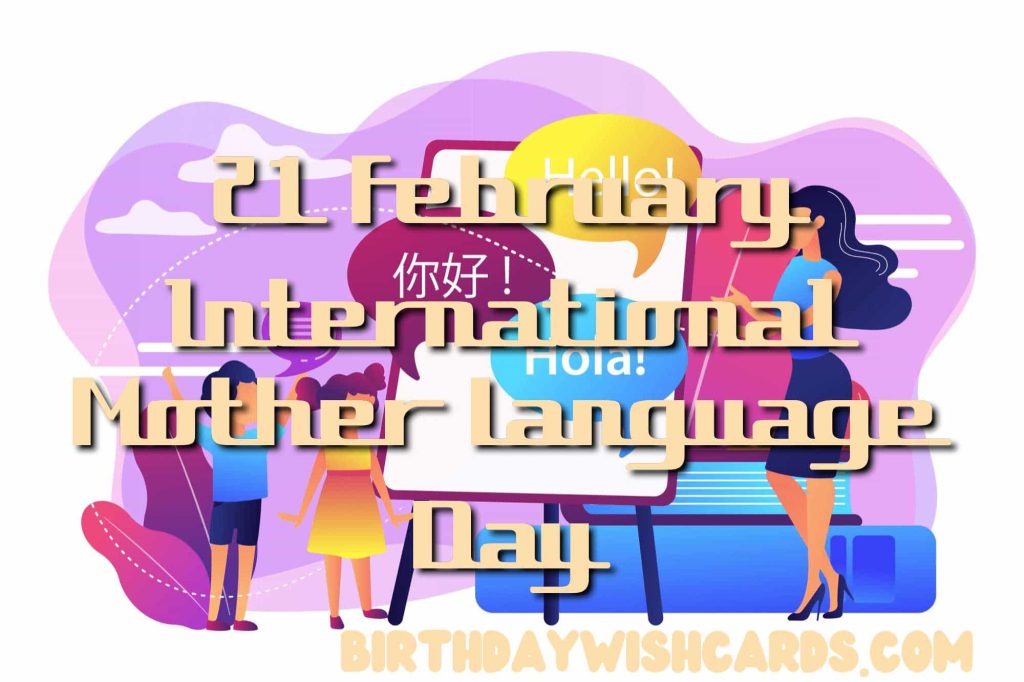
Ancient and Prominent Languages
Several languages are renowned for their historical and cultural significance. Tamil, belonging to the Dravidian language family, is one of the oldest living languages, spoken for over 5,000 years and still thriving today. Sanskrit, often referred to as the “mother of all languages,” is a classical language of the Indian subcontinent with a vast literary and religious heritage. It remains one of India’s 22 official languages and serves as the liturgical language of Hinduism, Buddhism, and Jainism.
Today, approximately 6,500 languages are spoken worldwide. English is the most widely used language globally when both native and non-native speakers are considered. However, Mandarin Chinese has the highest number of native speakers.
Why Protecting Mother Languages Matters
Languages are more than communication tools—they are reservoirs of culture, history, and identity. Sadly, many languages are endangered, with some at risk of disappearing as younger generations adopt more dominant languages. Protecting and revitalizing mother languages is essential for maintaining cultural diversity and safeguarding unique worldviews and traditional knowledge.
Efforts to preserve linguistic diversity include educational programs that promote bilingualism or multilingualism, documentation of endangered languages, and community initiatives encouraging the daily use of native languages. International Mother Language Day calls for global cooperation to protect linguistic heritage for future generations.
How International Mother Language Day is Celebrated Worldwide
International Mother Language Day is celebrated with a variety of activities across the globe. Schools, cultural organizations, and governments host language festivals, poetry readings, storytelling sessions, and exhibitions to raise awareness about linguistic diversity and the importance of mother tongues in education and cultural preservation.
In some countries, the day also honors those who have fought for the recognition of their native languages. For example, in Bangladesh, the day commemorates the 1952 Bengali Language Movement, during which students protested for the recognition of Bengali as an official language.
The Role of Technology in Preserving Mother Languages
Technology plays an increasingly important role in language preservation and promotion. Digital tools such as language learning apps, online dictionaries, and audio-visual resources make it easier to teach and learn mother tongues. Social media platforms also enable communities to share content in their native languages and connect globally.
Linguistic researchers use advanced software to document and analyze endangered languages, creating digital archives accessible to future generations. These technological advancements are vital to the global effort to sustain linguistic diversity.
Conclusion
Observed on February 21, International Mother Language Day is a powerful reminder of the need to preserve and promote mother tongues worldwide. Languages are not only means of communication—they are central to cultural identity, social cohesion, and sustainable development. By valuing every language, we help build inclusive societies that respect diversity and foster mutual understanding.
To learn more about linguistic diversity and efforts to protect endangered languages, visit the United Nations official page on International Mother Language Day and explore resources provided by UNESCO.




